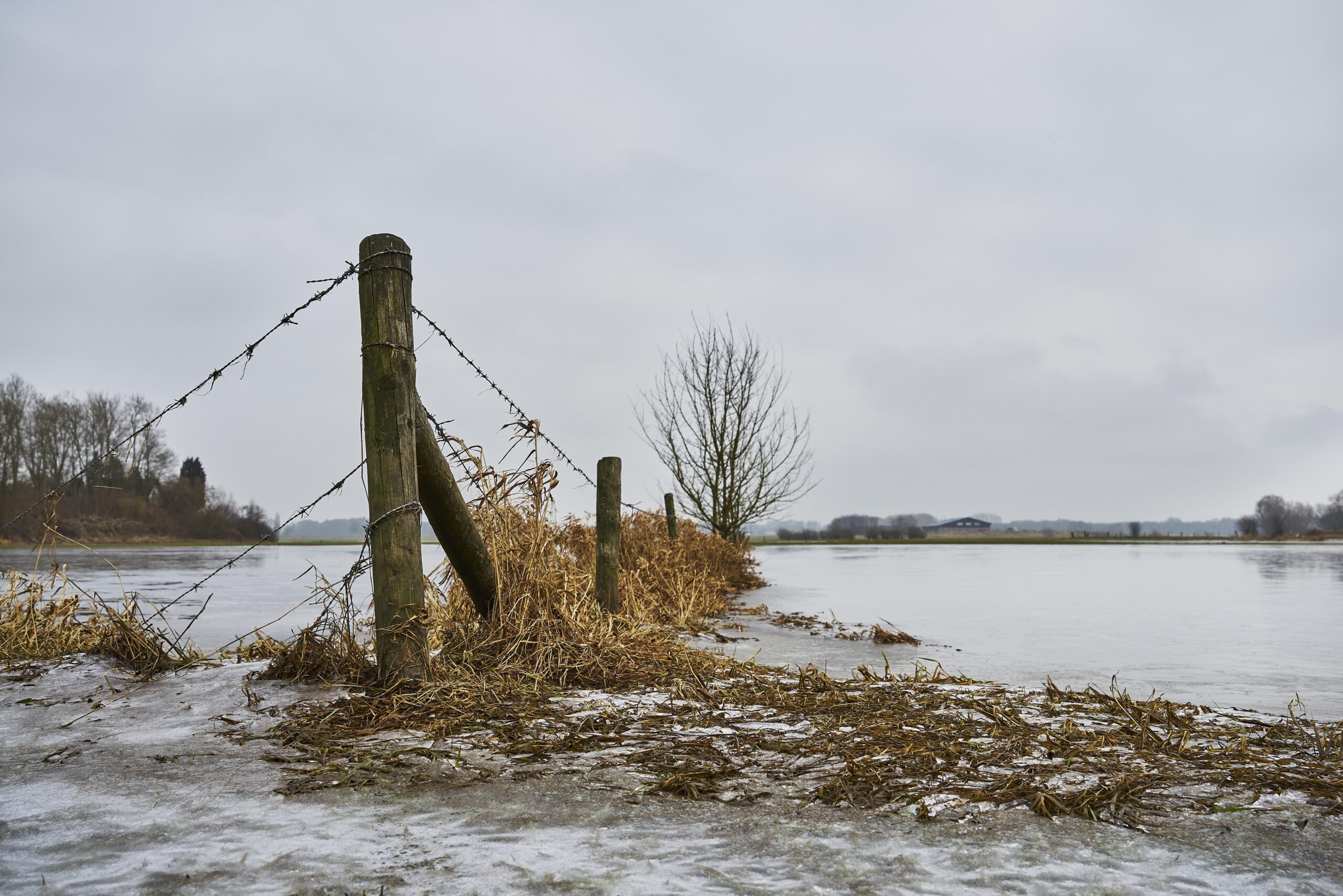Low-lying areas within Brooklyn, Queens, and Long Island hold significant importance due to their susceptibility to various environmental challenges and their impact on the local communities. Below are some crucial facts to comprehend about these regions:
1. Geographic Vulnerability:
- These areas are close to sea level, making them particularly susceptible to flooding, especially during formidable weather events such as hurricanes, storm surges, and heavy rainfall.
- Long Island’s South Shore, including parts of Brooklyn and Queens, faces increased risk due to its exposure to the Atlantic Ocean.
2. Historical Context:
- The historical development of these areas often occurred around water bodies like bays, rivers, and marshlands, making them inherently prone to flooding and other water-related hazards.
- Urbanization and infrastructural development have exacerbated these vulnerabilities over time; altering natural drainage systems can increase impervious surfaces.
3. Environmental Significance:
- Low-lying areas harbor unique ecosystems, including wetlands and estuaries, providing critical habitats for diverse flora and fauna.
- Preservation and restoration of these ecosystems are essential for biodiversity conservation, shoreline stabilization, and mitigating the impacts of climate change.
4. Climate Change Impacts:
- Rising sea levels and repeated and intense weather events driven by climate change pose significant threats to low-lying areas.
- The increasing frequency of storm surges and coastal inundation jeopardizes infrastructure, property, and public safety.
5. Population Density:
- Despite their vulnerability, low-lying areas are often densely populated due to affordability, accessibility to urban amenities, and historical settlement patterns.
- High population density exacerbates the potential socio-economic impacts of flooding, displacing communities and disrupting livelihoods.
6. Infrastructure Challenges:
- Aging infrastructure, including roads, drainage systems, and utilities, in these areas needs to be equipped to handle the growing risks posed by climate change.
- Retrofitting and upgrading infrastructure to enhance resilience are imperative but often entail significant financial investments and logistical challenges.
7. Socio-Economic Disparities:
- Low-lying areas are disproportionately home to marginalized communities, including low-income households and people of color, who often bear the brunt of environmental hazards.
- Addressing socioeconomic disparities is integral to fostering equitable resilience and ensuring vulnerable populations have access to resources and support.
8. Adaptation Strategies:
- Nature-based solutions such as green infrastructure, coastal restoration, and managed retreats can enhance resilience while providing added benefits, such as improved water quality and recreational opportunities.
- Community engagement, stakeholder collaboration, and inclusive planning processes are essential for developing and implementing effective adaptation strategies.
9. Policy and Governance:
- Robust land-use planning, zoning regulations, and building codes are crucial for managing development in low-lying areas and reducing exposure to flood risks.
- Coordination among federal, state, and local agencies and private sector involvement is necessary to implement comprehensive policies and funding mechanisms for resilience-building efforts.
10. Long-Term Resilience:
- Building long-term resilience in low-lying areas requires a multi-faceted approach integrating environmental conservation, infrastructure investment, community empowerment, and adaptive governance.
- Prioritizing resilience-building measures today is essential to safeguarding the well-being of current and future generations in these vulnerable coastal regions.
In conclusion, understanding the intricacies of low-lying areas within Brooklyn, Queens, and Long Island is paramount for controlling the complex challenges of climate change and ensuring these communities’ and ecosystems’ resilience and sustainability. Through concerted efforts and collaboration, it is possible to mitigate risks, enhance adaptive capacity, and foster equitable development in these critical coastal areas.

